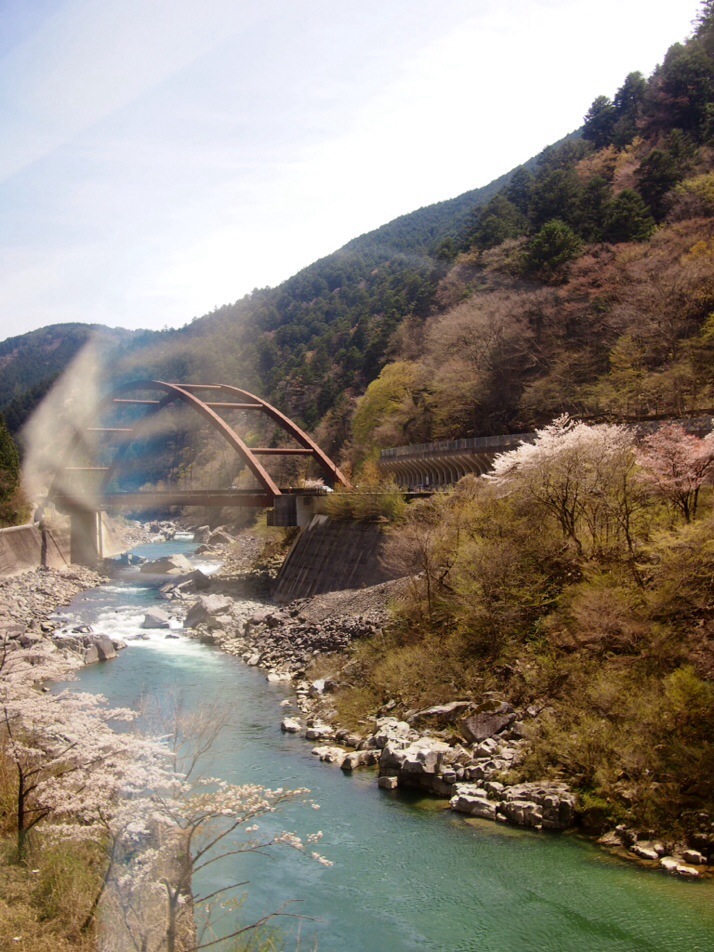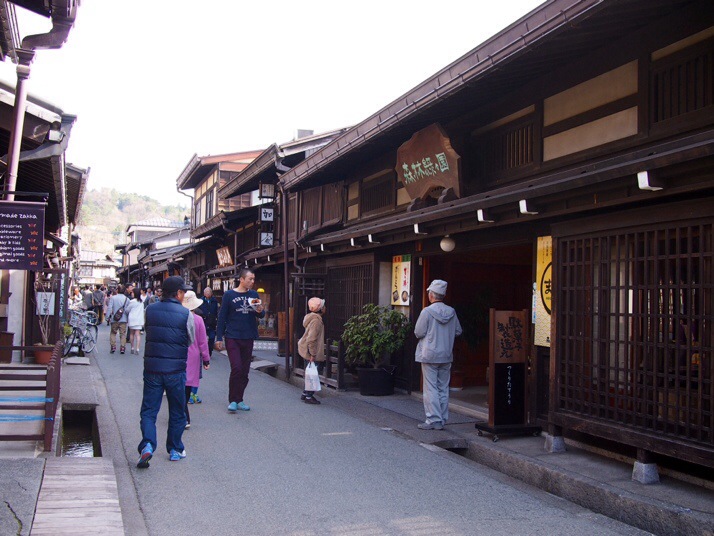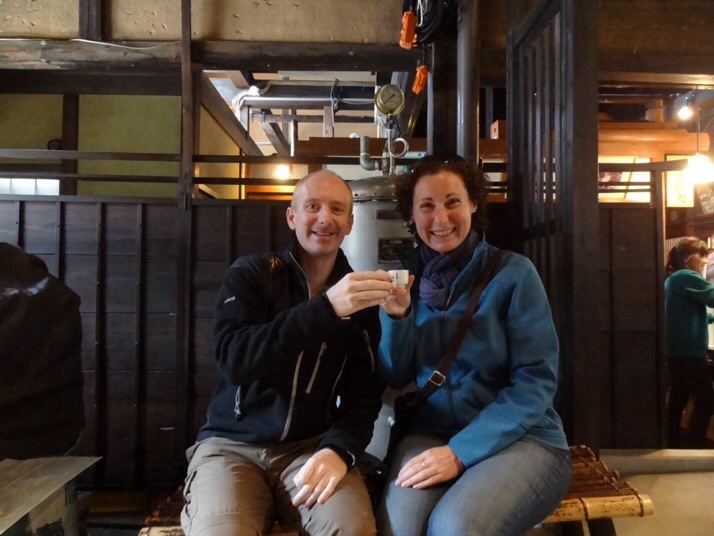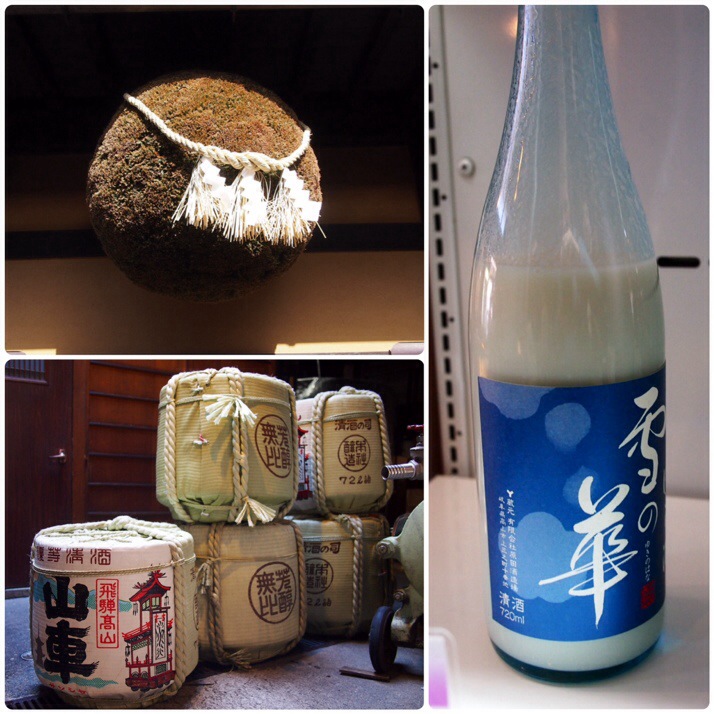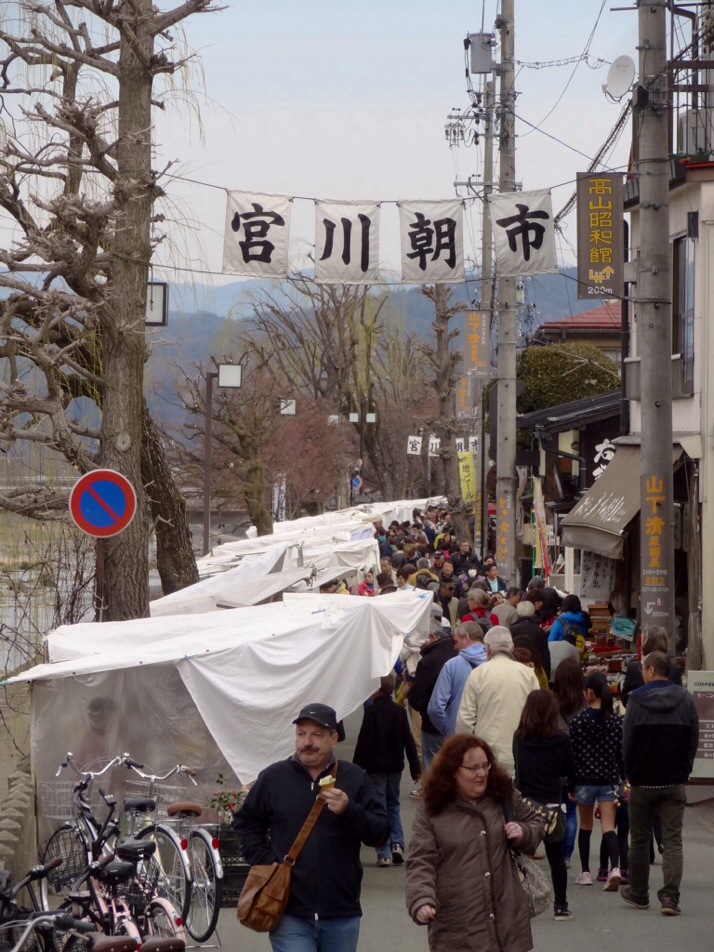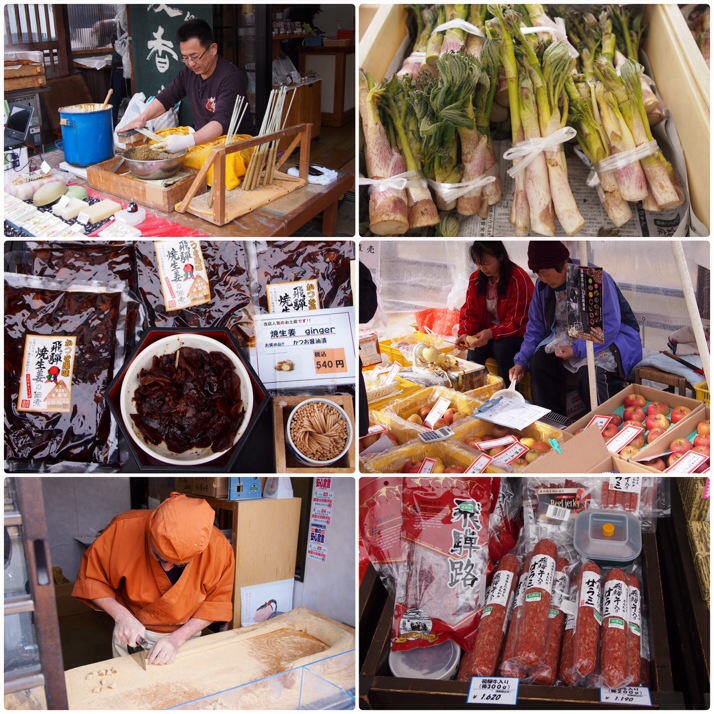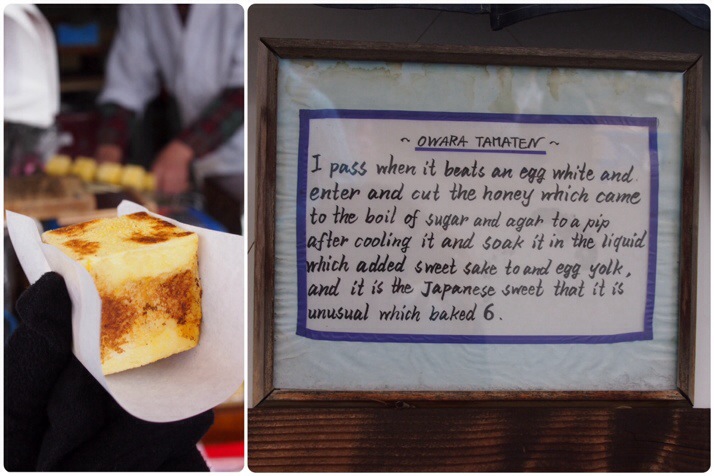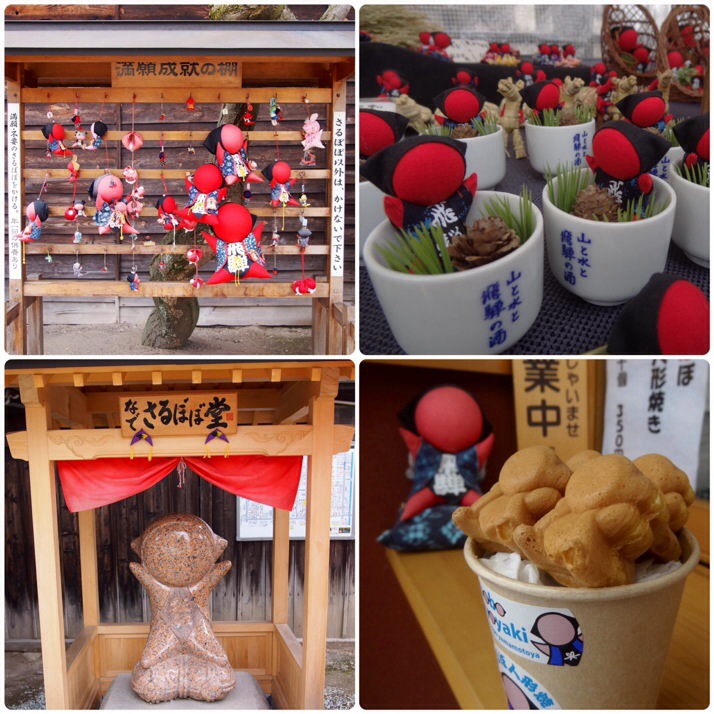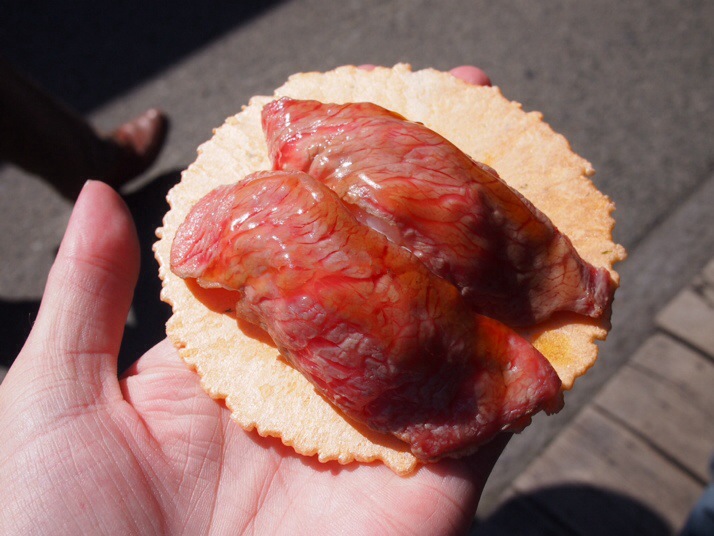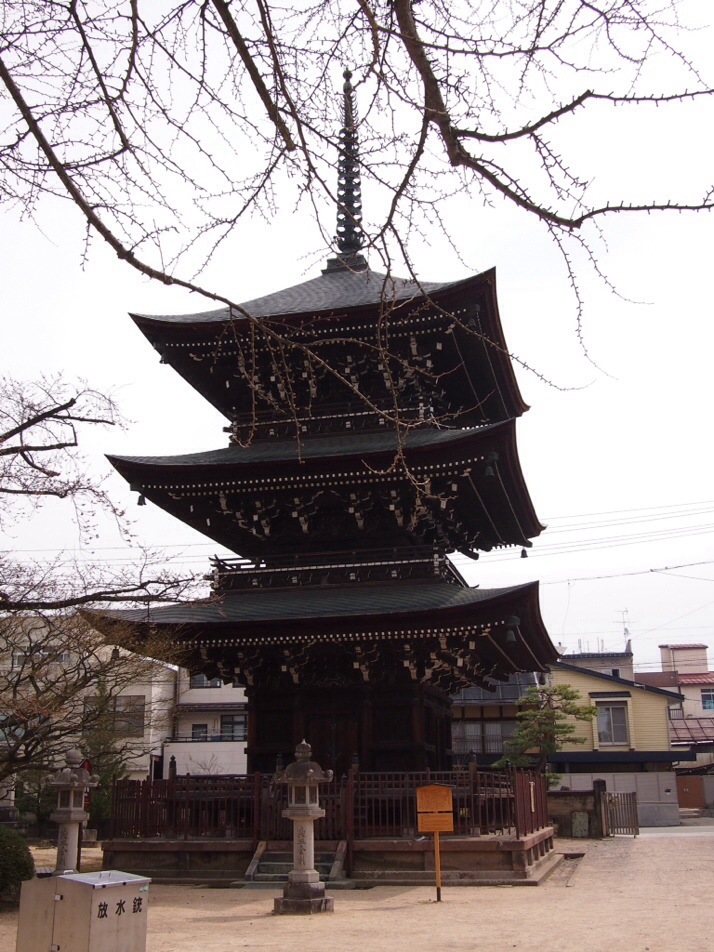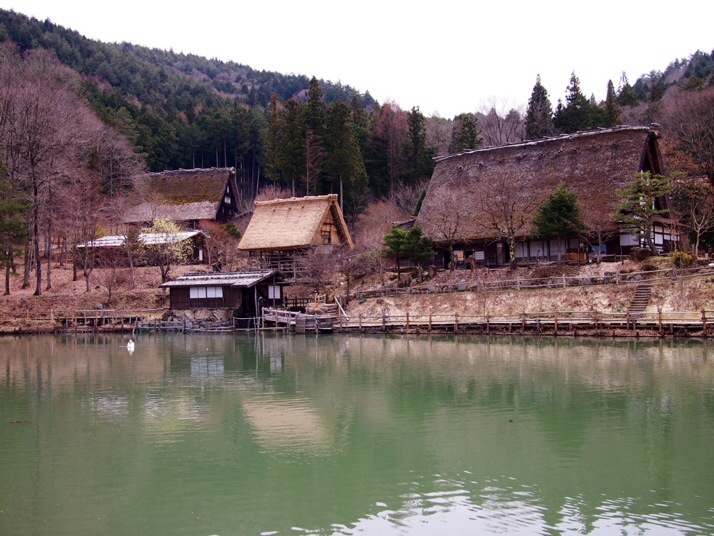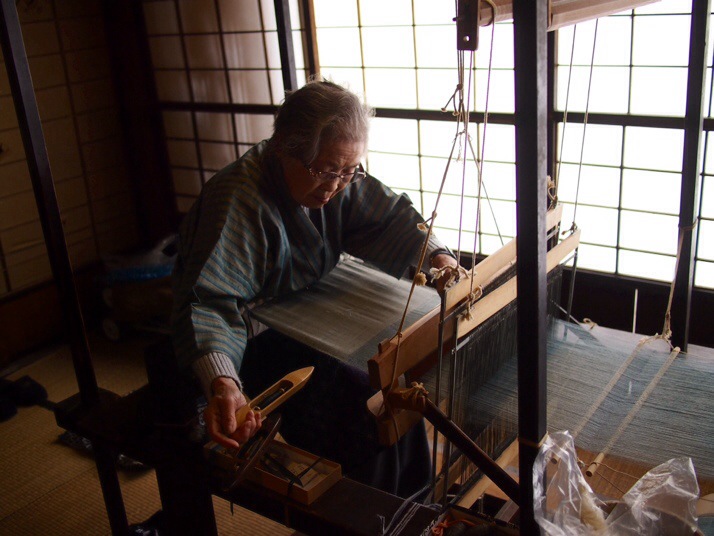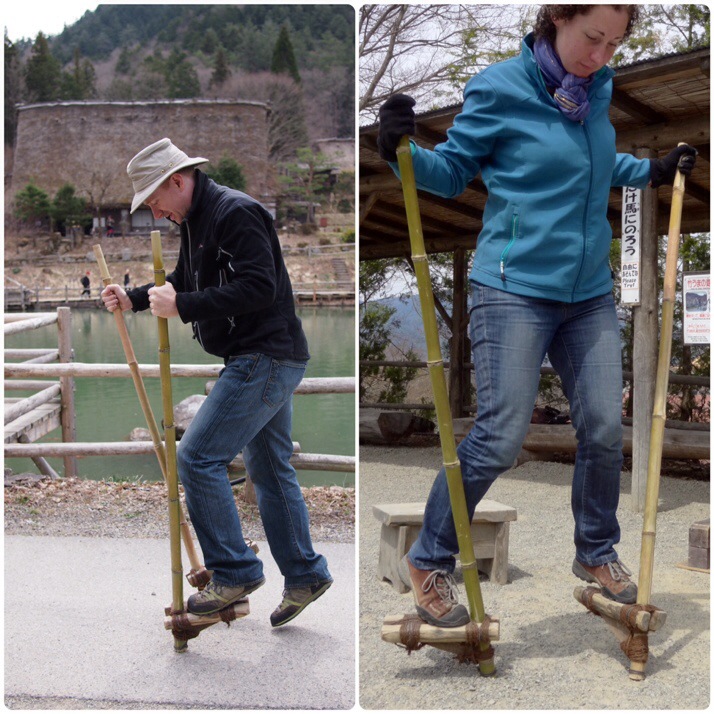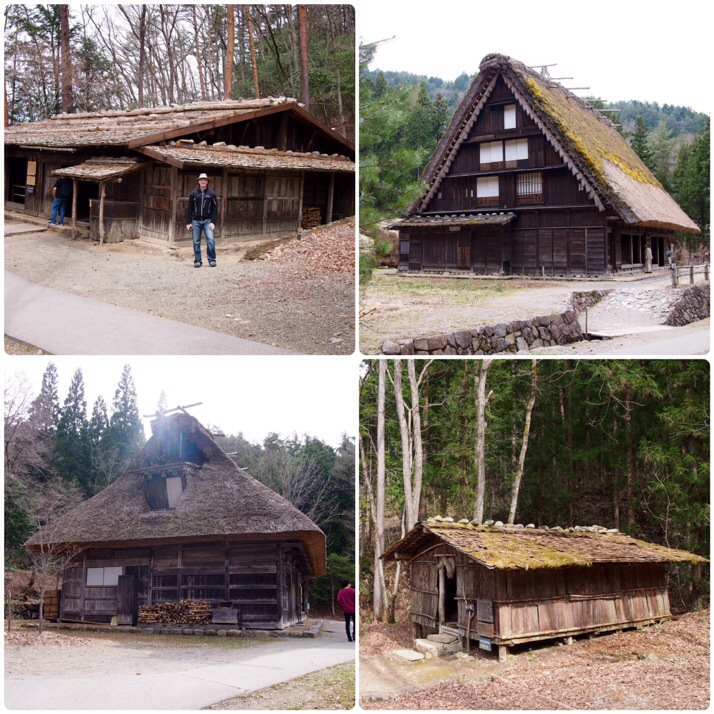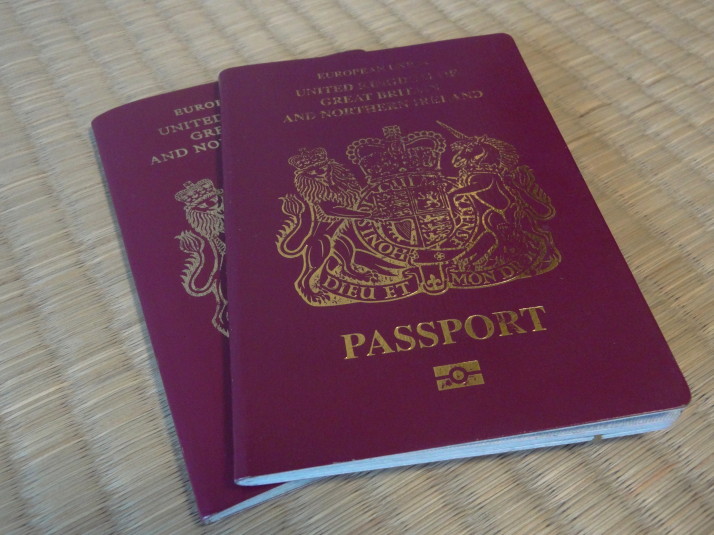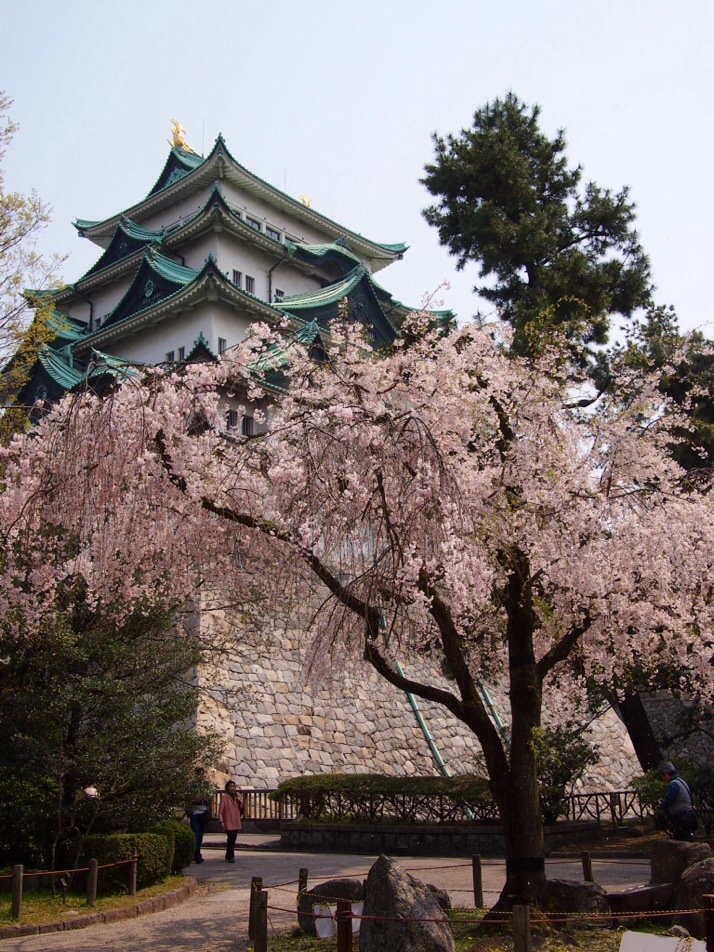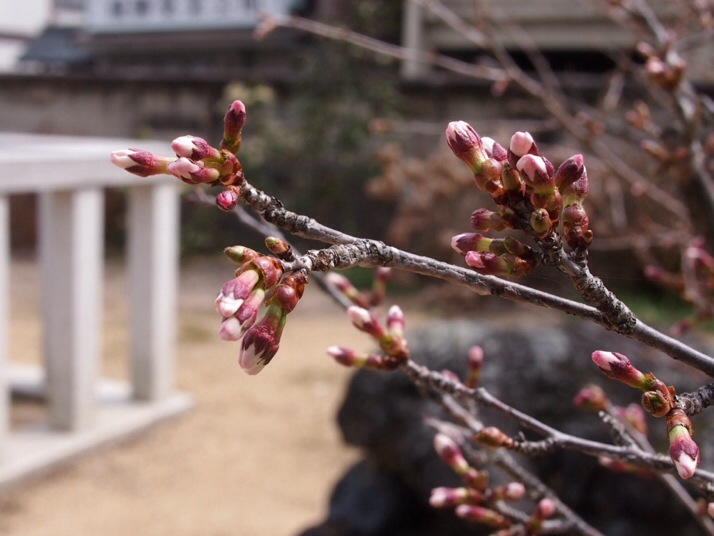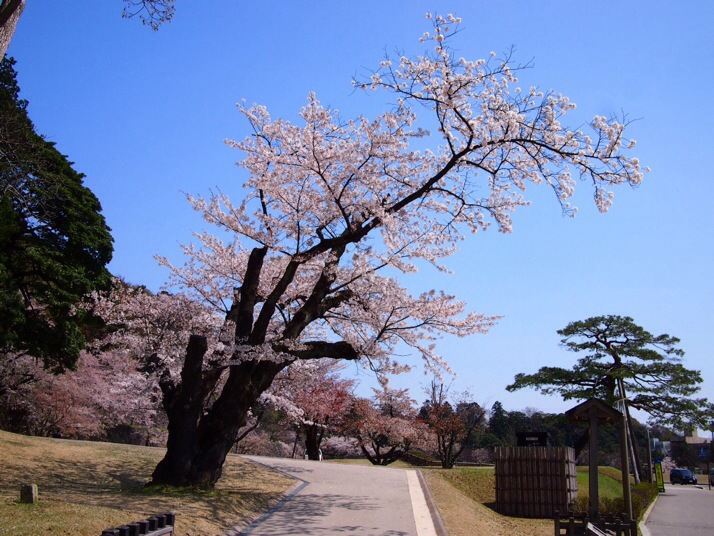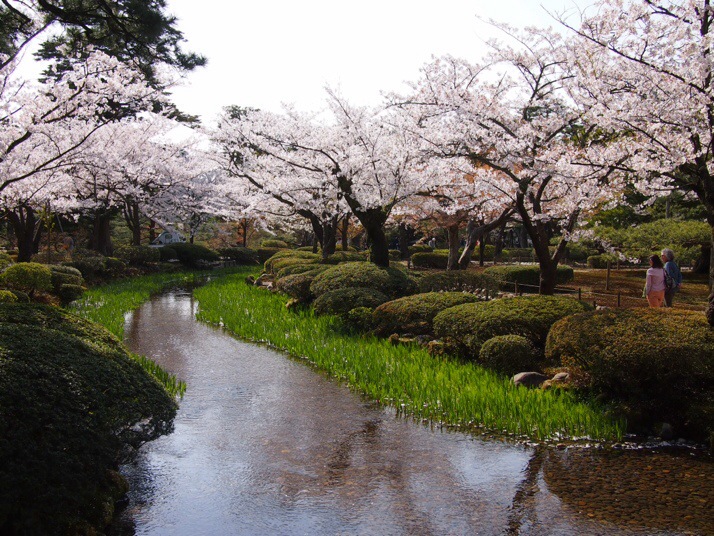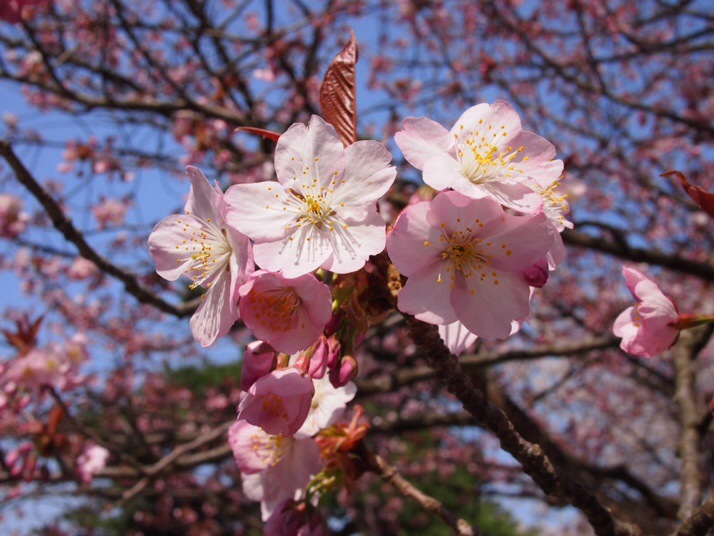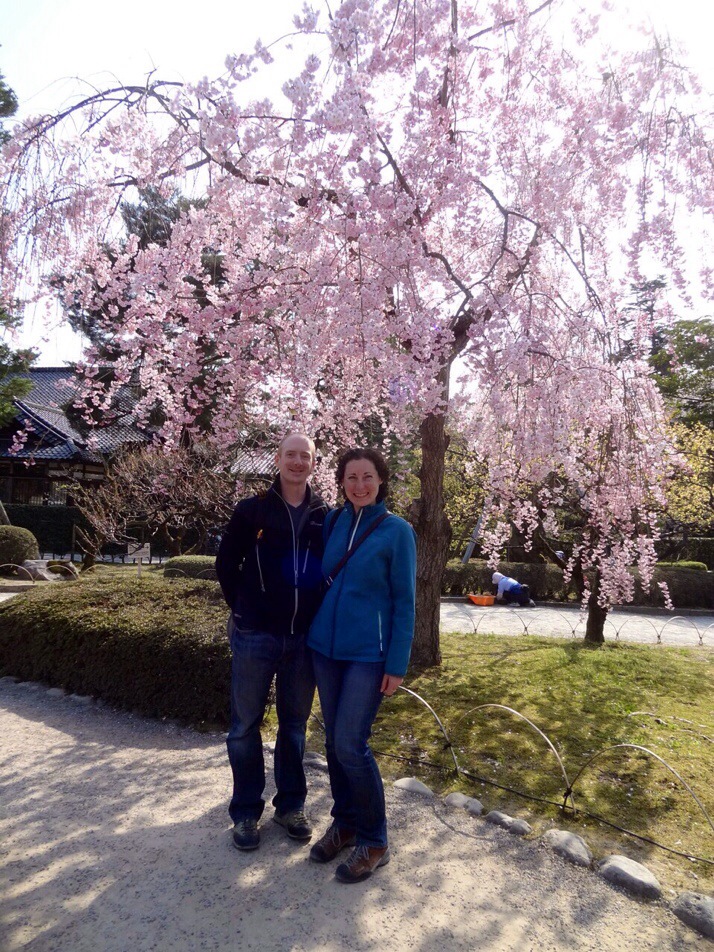We only spent a week or so in Singapore, and our stay was ostensibly to recuperate, catch up on administration (blog writing and photo backups), before heading to Japan than it was to check out the sights.
That said, we found we could only sit inside for so long in a new country before we felt the urge to be out exploring, and here’s the short list of what we found, followed by our Round Up..
Downtown Sightseeing
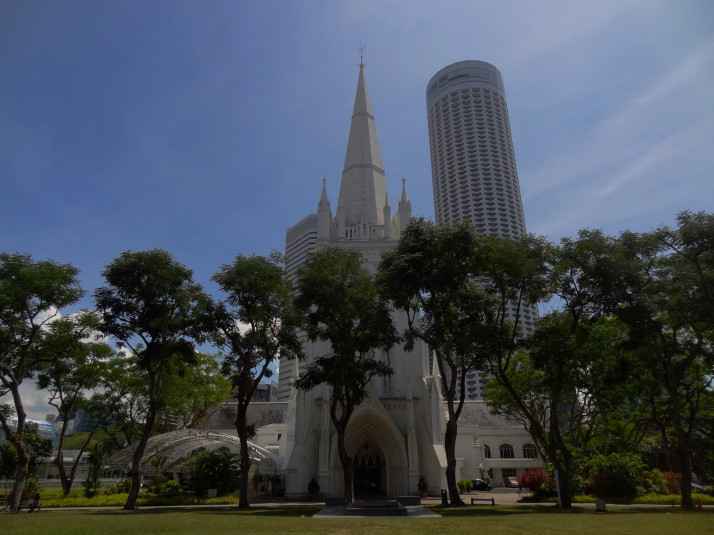
The majestic St Andrew’s Cathedral, Singapore. On our way out we got chatting to a Singaporean woman called Rebecca who was there to volunteer at the church. She said a little prayer for us and more than filled our itinerary of things to see in Singapore!
After St Andrew’s, we headed towards the marina and the birthplace of the modern day Singapore. Sir Stamford Raffles landed just north of the present Marina Bay in 1819 and established a trading post for the East India Trading Company with the permission of the Johor Sultanate. Today, Singapore is the fourth largest financial centre, and has the third highest per-capita income in the world.
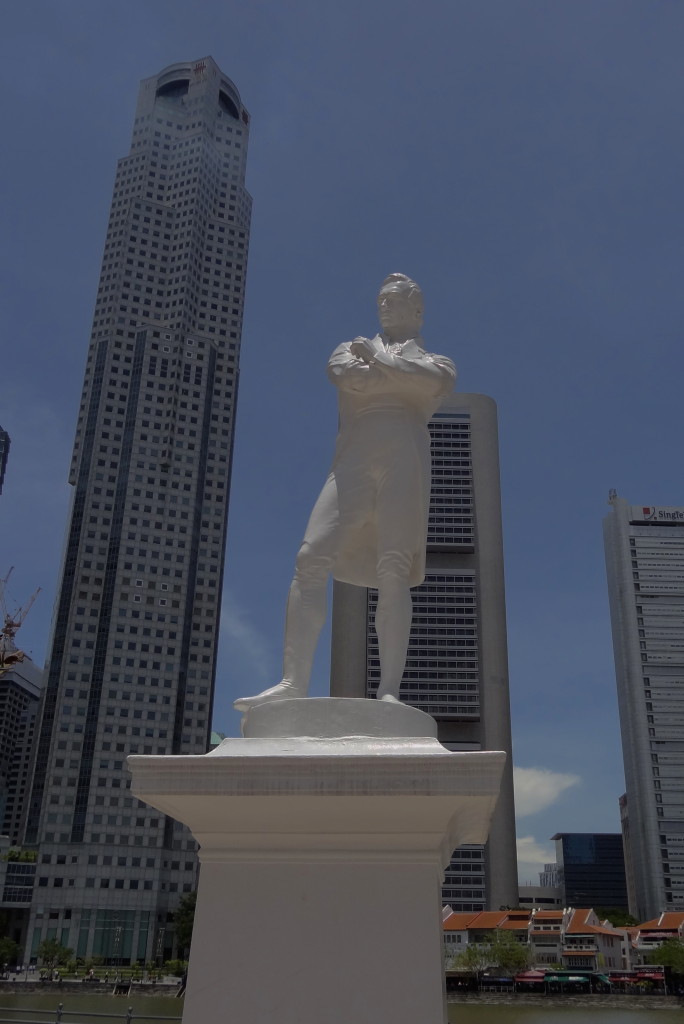
Sir Stamford Raffles, looking pretty pleased with how it turned out
South-west of the marina is South Bridge Road, an otherwise nondescript road except that it has 3 different religious places of worship or reverence along it: Jamae Mosque (Chulia Mosque), Sri Mariamman Hindu Temple, and the Buddha Tooth Relic Temple and Museum.
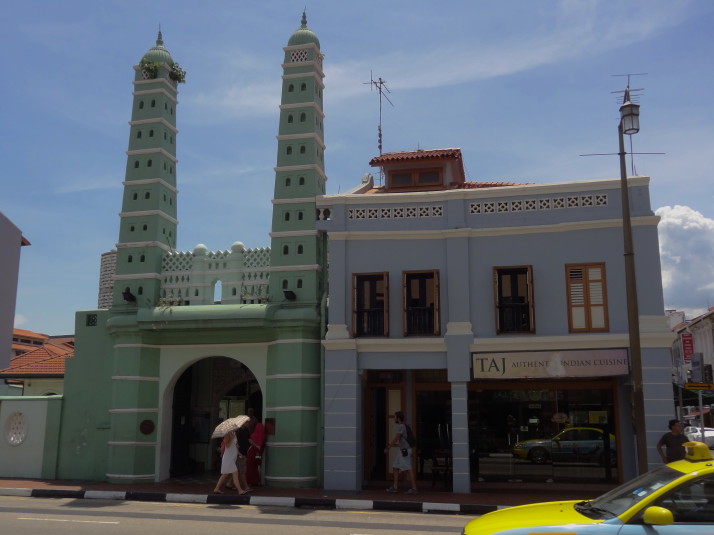
Jamae Mosque, the subdued one
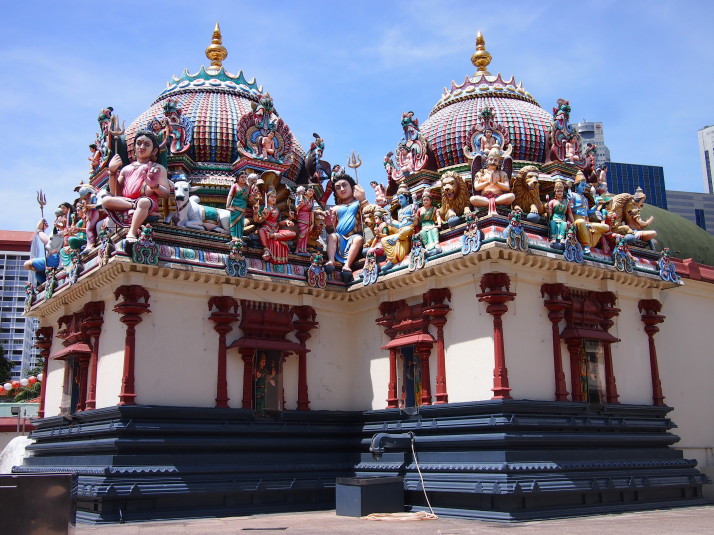
Sri Mariamman Temple, the brightly, over the top-ly embellished one
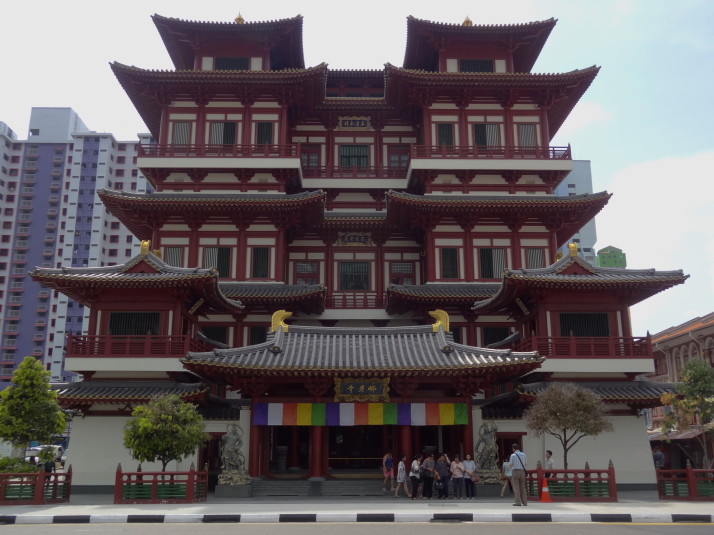
Buddha Tooth Relic Temple and Museum, the one that stands out as taller and wider than the rest of the street
My favourite of the street, the recently completed Buddha Tooth Relic Temple, so named because on the 4th floor there’s a golden throne in a golden room displaying a piece of bone purported to be the Buddha’s tooth. It’s so small and surrounded by such grandeur that it’s difficult to see. Fortunately there are screens showing close-up photos and multi-lingual descriptions.
Singapore at Night
Synonymous with Singapore is Marina Bay, and its skyline is dominated by one of the most distinctive and iconic buildings in the world – the Marina Bay Sands hotel.
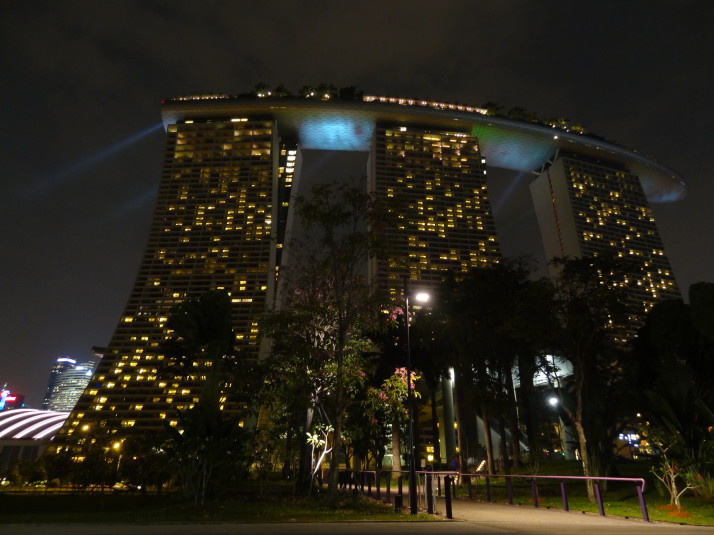
Marina Bay Sands Hotel in Singapore
The ground floors are given over to high-end shops, there’s a 200k square-foot arts and science museum, an exposition and conference centre, a casino and six towers of hotel that lean together in pairs, topped with a spaceship cum boat that is the hotel’s park and infinity swimming pool. We weren’t staying in the hotel, which means we’d have to pay $80 SGD (about £38) to visit the SkyPark, but we were happy to just wander through the vast atrium underneath, on our way back to the MTR from the stunning Gardens by the Bay.
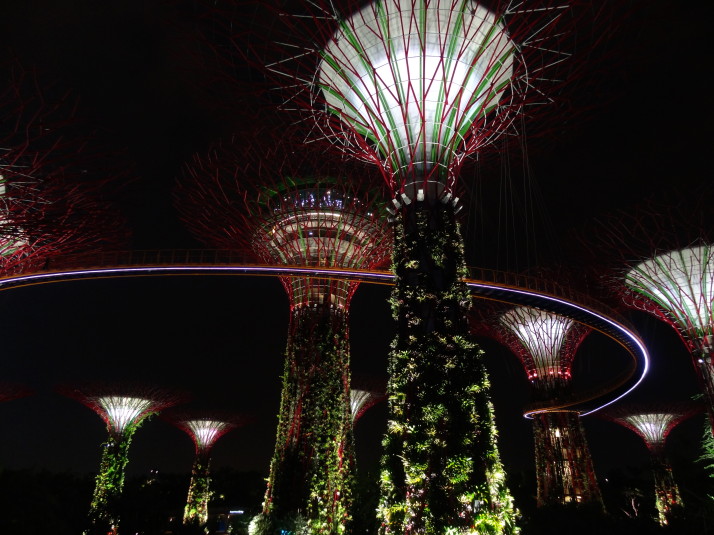
Gardens by the Bay, Singapore Marina
Gardens by the Bay looks simultaneously familiar and other-worldly – the giant SuperTree structures stretch their angular, bare-metal branches skyward like TV antennae, which made me think they’re entirely artificial. However, their trunks are covered in diverse species of plants, kind of like a giant, vertical conservatory.
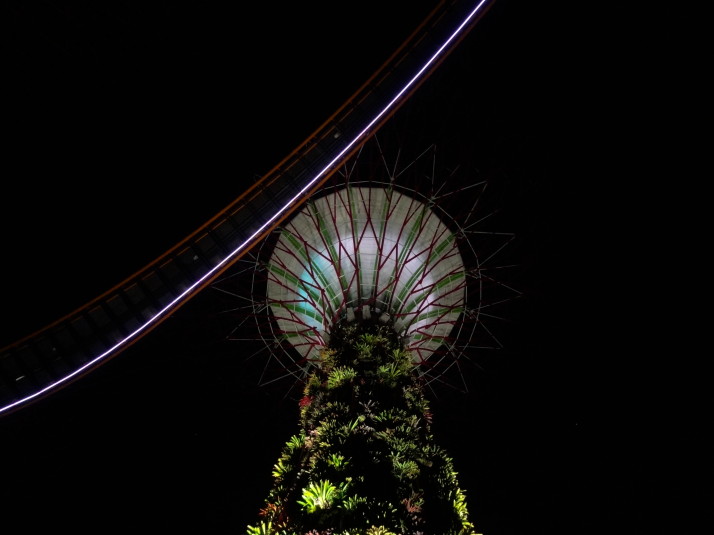
Each SuperTree is a living conservatory of plants – Gardens by the Bay, Singapore Marina
While the SuperTrees do indeed look super during the day, I think they look even more superer at night, and there’s also a free light show several times every night that is set to music!
One sight that Singapore insists you visit is their mascot, the Merlion, a mermaid lion statue that continuously spouts water into Marina Bay.
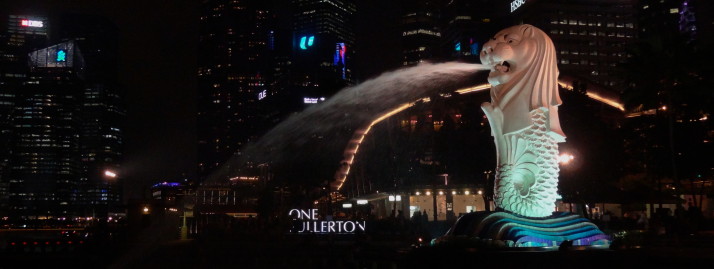
The Merlion
Singapore Art Museum
We do enjoy art museums, and the Singapore Art Museum (or SAM as it affectionately calls itself) is set in a beautiful building that houses a wonderfully varied collection of modern art.
Of all the exhibits, we especially liked the nuts and bolts repurposed to look like sea creatures; the delicate miniature landscapes made from retractable pencil leads; the interactive sound installation of sun-baked clay pots powered by the same clay in jars; and the piece entitled “pulling at grass to make it grow” – a powerful reflection on the pressure to educate children sooner and with more testing. All of these were part of the Unearthed exhibition.
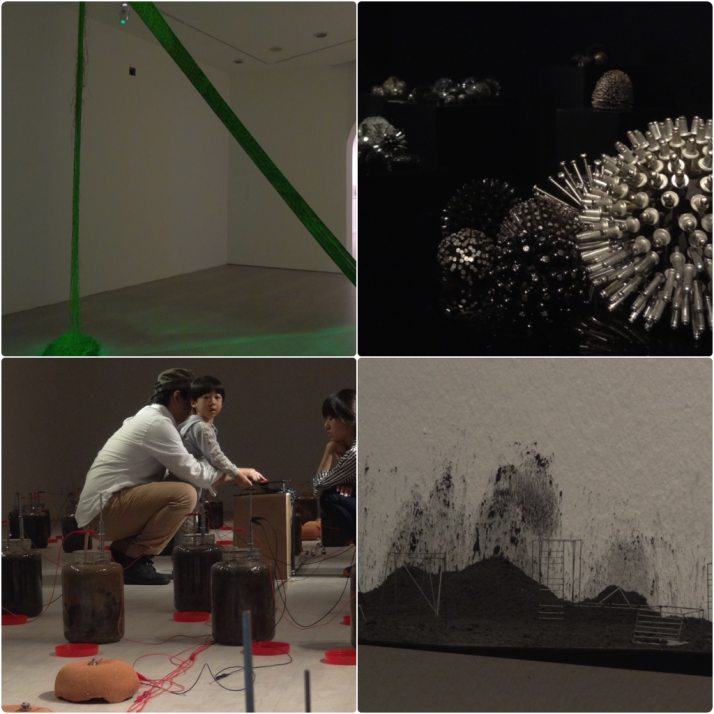
Some of our favourite artwork at the Singapore Art Museum (SAM). From top-right: Sea creatures made from nuts, bolts, screws and thimbles – “Landscape Portraits: A beautiful place nearby” by Donna Ong; Landscapes made from pencil lead – “Terra Firma” by Frayn Yong; A family playing with the earthen clay pots sound installation – “Sound of the Earth” by Chen Sai Hua Kuan; and the thought-provoking green threads pulled and woven – “Pulling At Grass To Make It Grow” by Jennifer Ng
TreeTop Walk in MacRitchie Reservoir Park
Singapore, like Hong Kong, has many public parks and green spaces. The nearest to us also included a free TreeTop Walk which we liked the sound of..
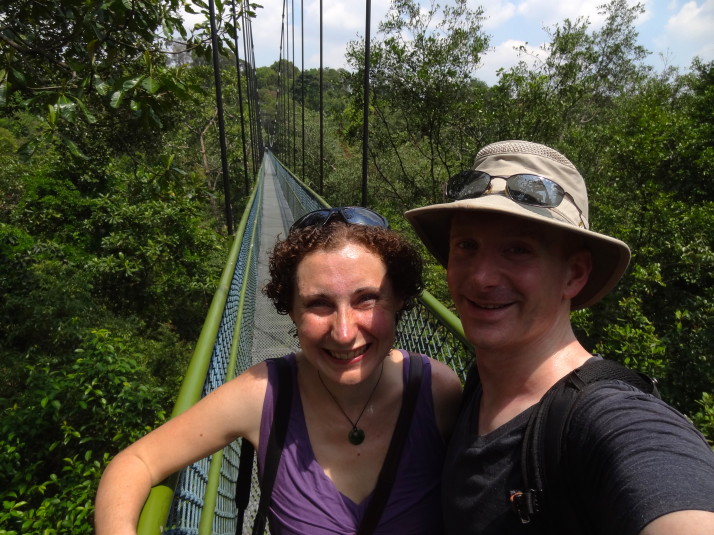
On the suspension bridge that is the TreeTop Walk in MacRitchie Reservoir Park
While we didn’t see any wildlife from the TreeTop suspension bridge, we did see plenty from the ground..
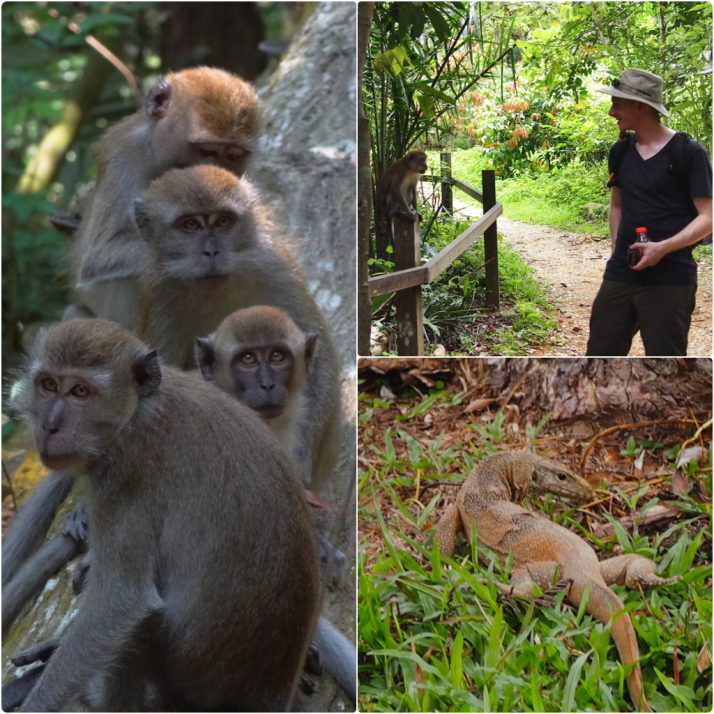
Wildlife at the MacRitchie Reservoir Park: Close encounters with the Macaque monkeys and Monitor Lizards. We saw lots of butterflies and Sun Skinks too
What photo takes you right back to Singapore?
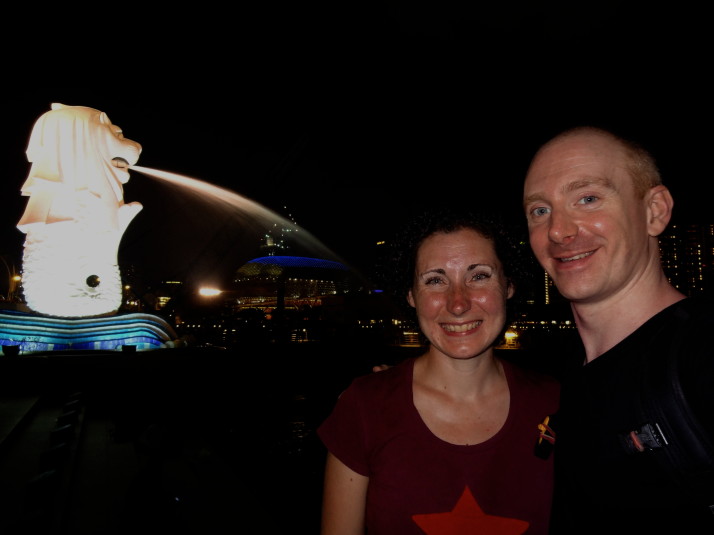
Us with the Merlion
Summarise Singapore in three words.
- Spotless – even if we hadn’t just arrived from the messy, bustling Bangladesh, Singapore is the cleanest city we’ve visited so far. If it were an animal, it would be a show dog at Crufts
- Familiar – The cars drive on the correct side of the road, and they’re well behaved (courteous even), the roads have traffic lights, pedestrian crossings and, gosh, pavements!
- Muticultural – I must confess to not knowing much about Singapore before we arrived. In the taxi from our arrival flight to our apartment I asked what the main language was and our driver said there are 4: English, Mandarin Chinese, Malay and Tamil. This diversity, together with its growth from imports and exports influences everything from clothing to cuisine
You really know you’re in Singapore when…
You find yourself overwhelmed and unable to choose what to eat at one of the many Hawker food markets. Singapore is an Asian melting pot of deliciousness with local variations and concoctions too many to sample. We tried our best though!
What one item should you definitely pack when going to Singapore?
Your smart casuals. This is a city built on big business, and it takes its leisure time with the same professionally serious vigour – everyone is dressed to impress, always!
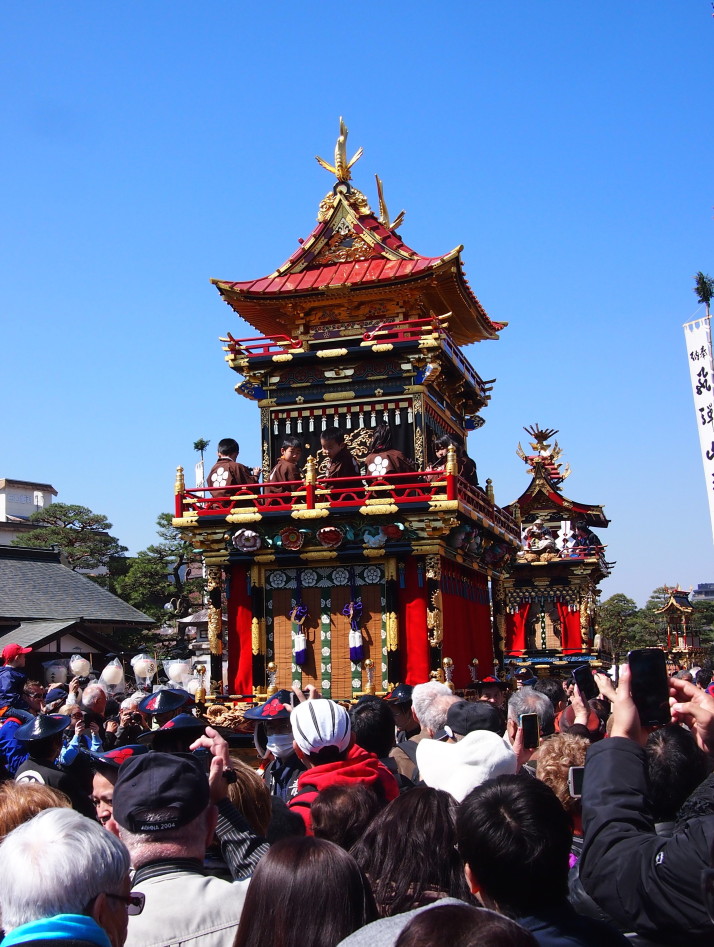
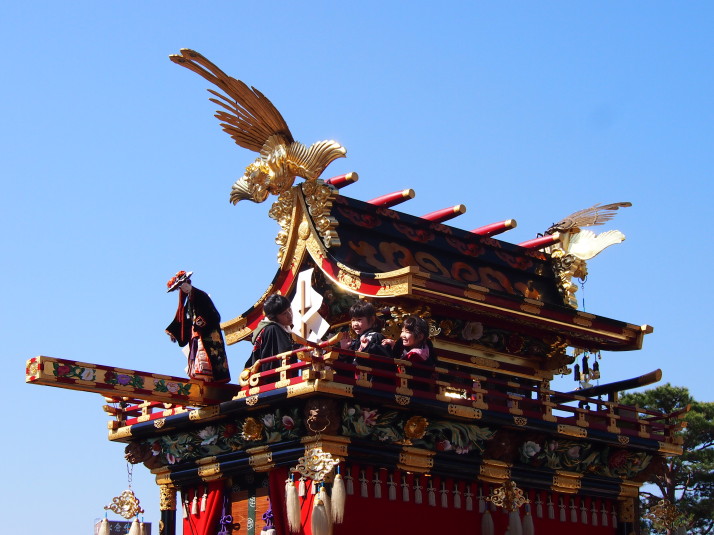
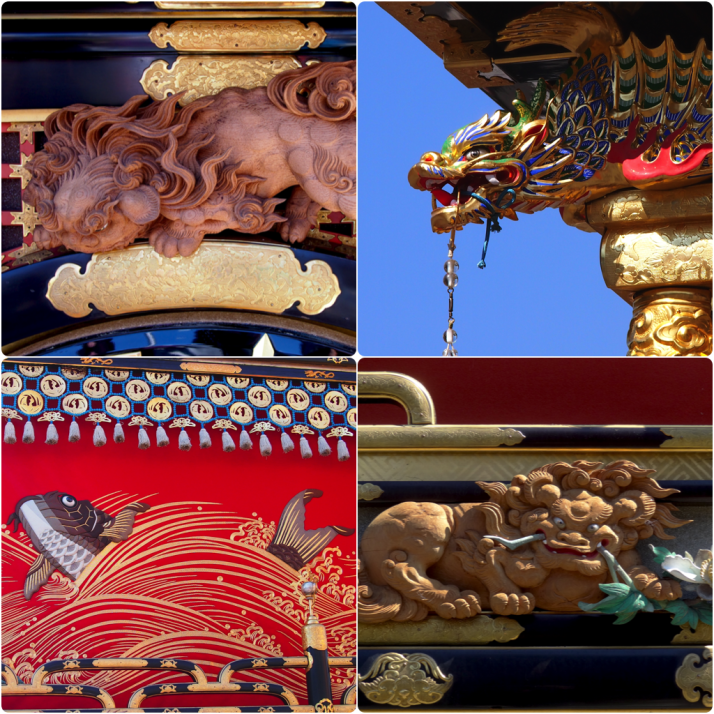
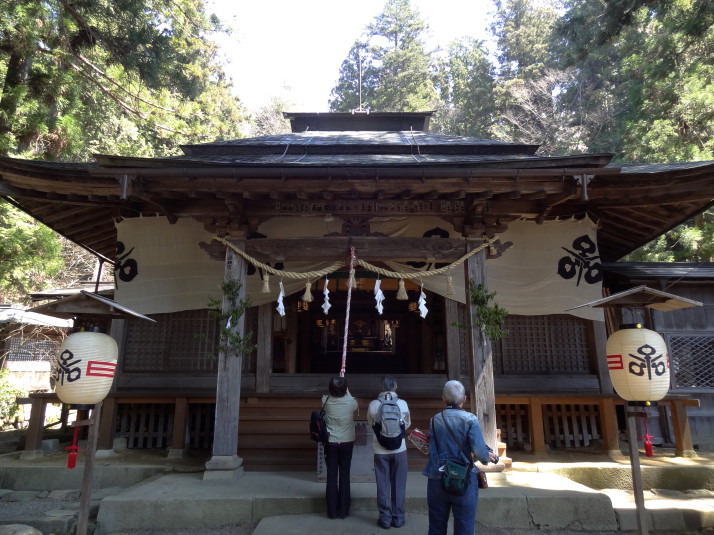
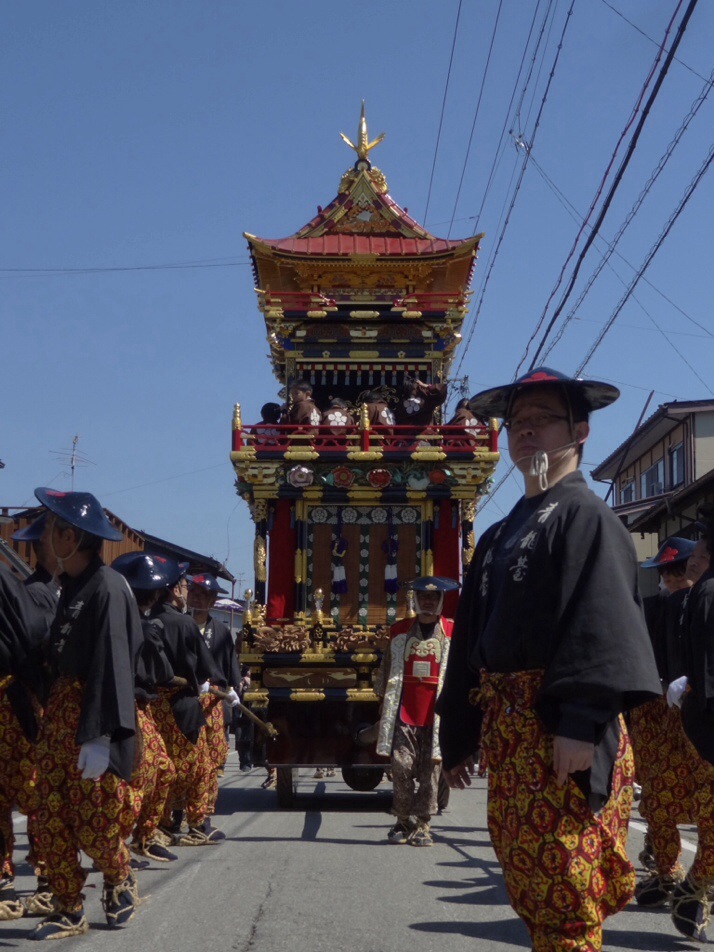
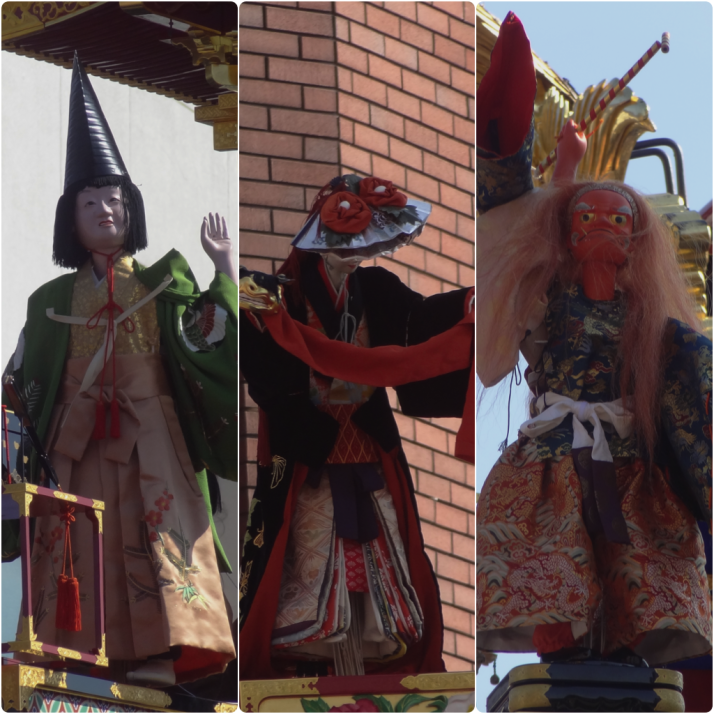
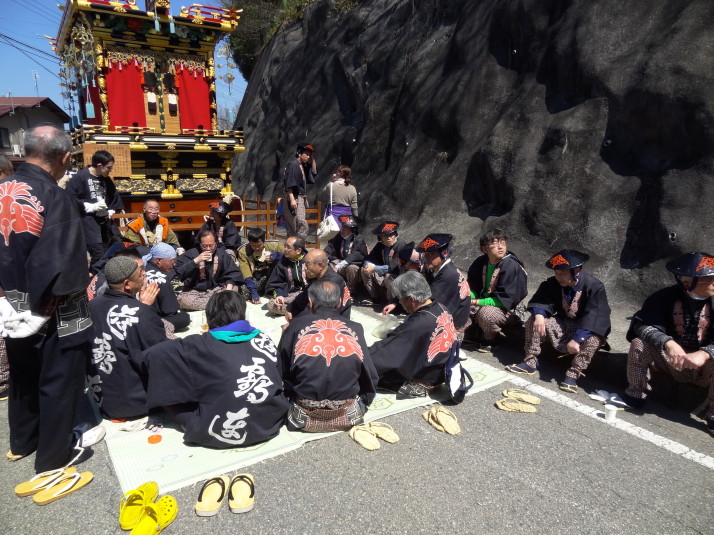
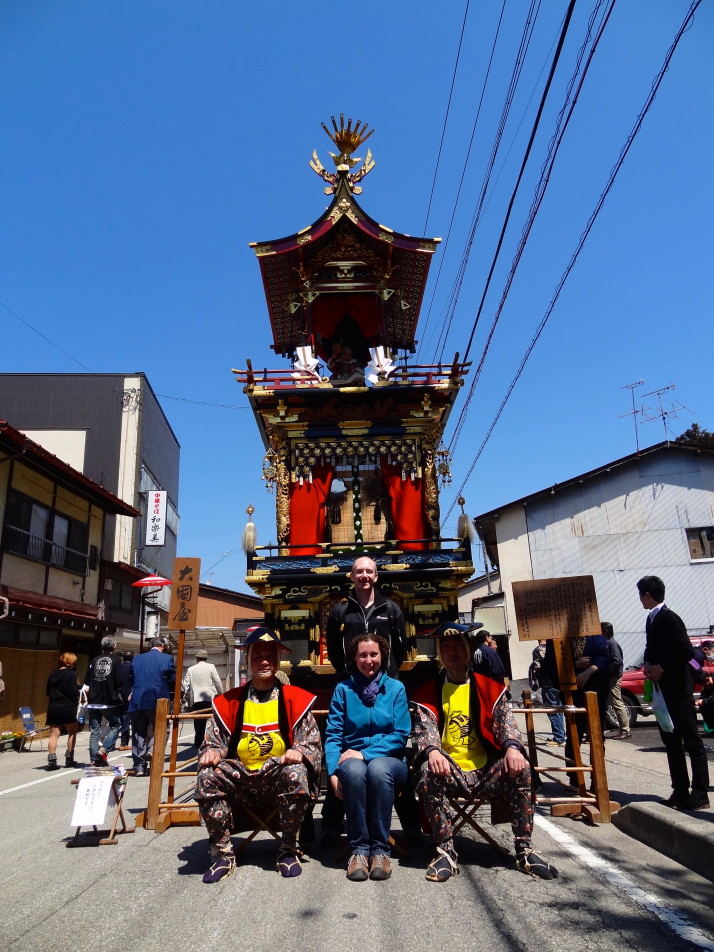

 two year trip
two year trip